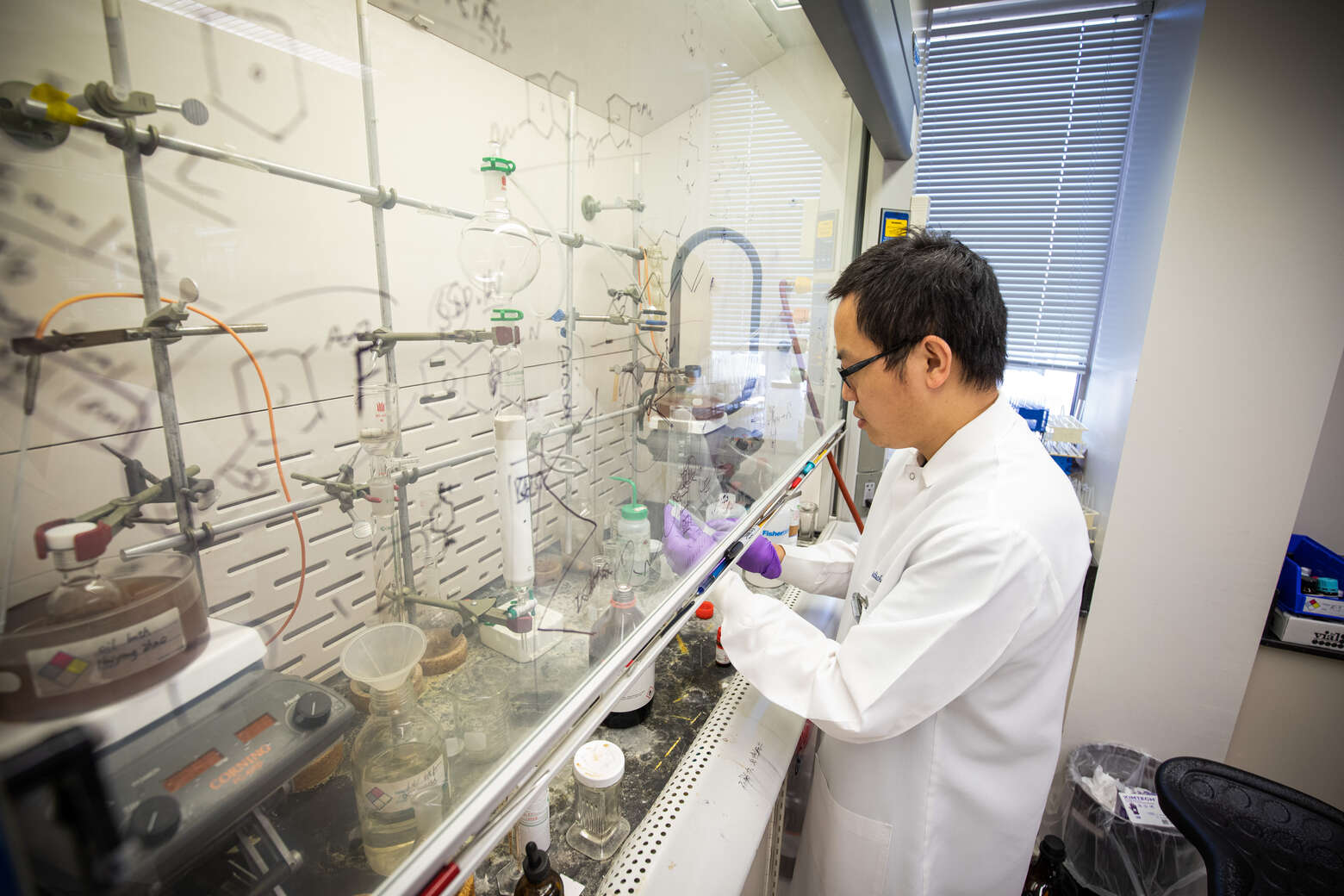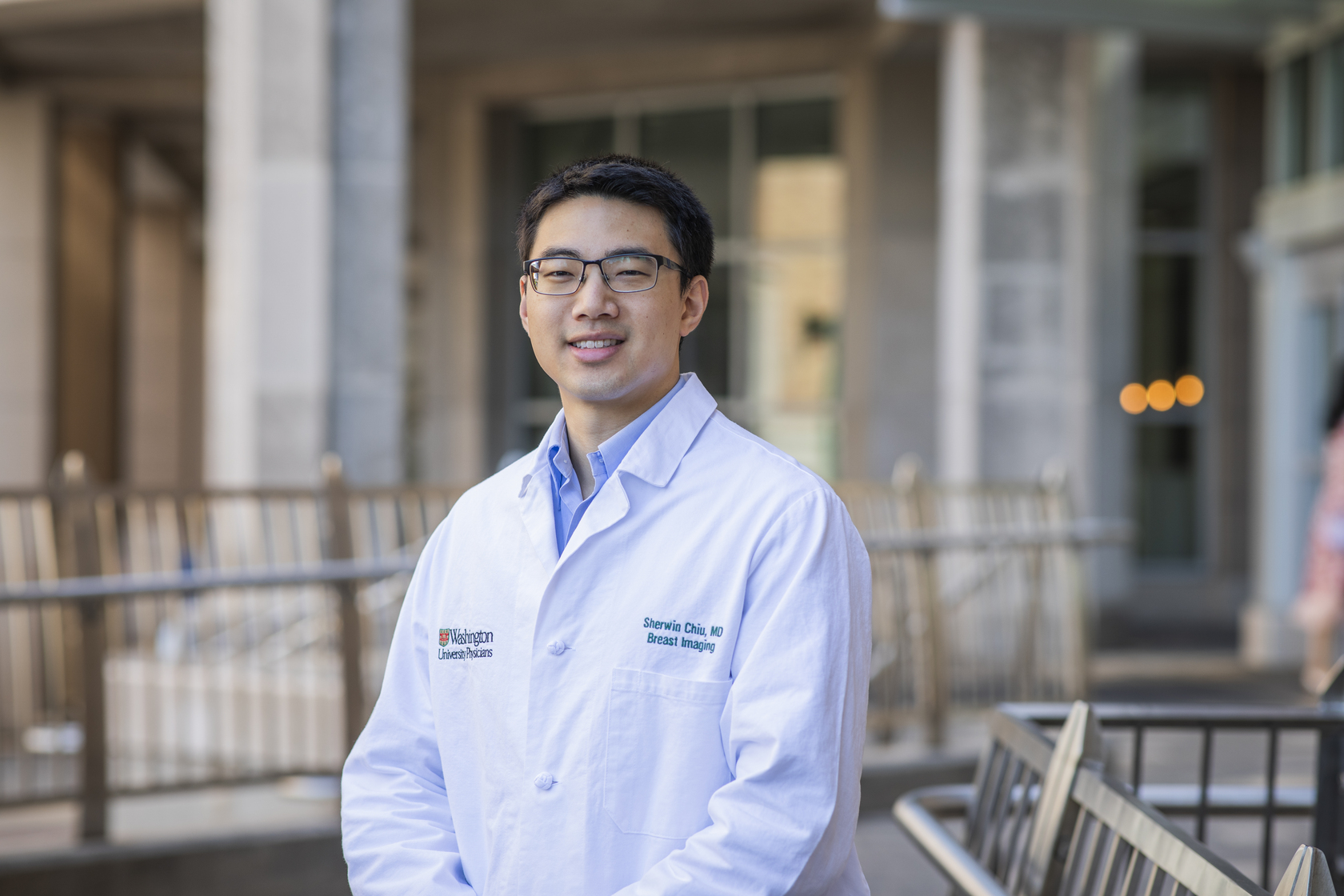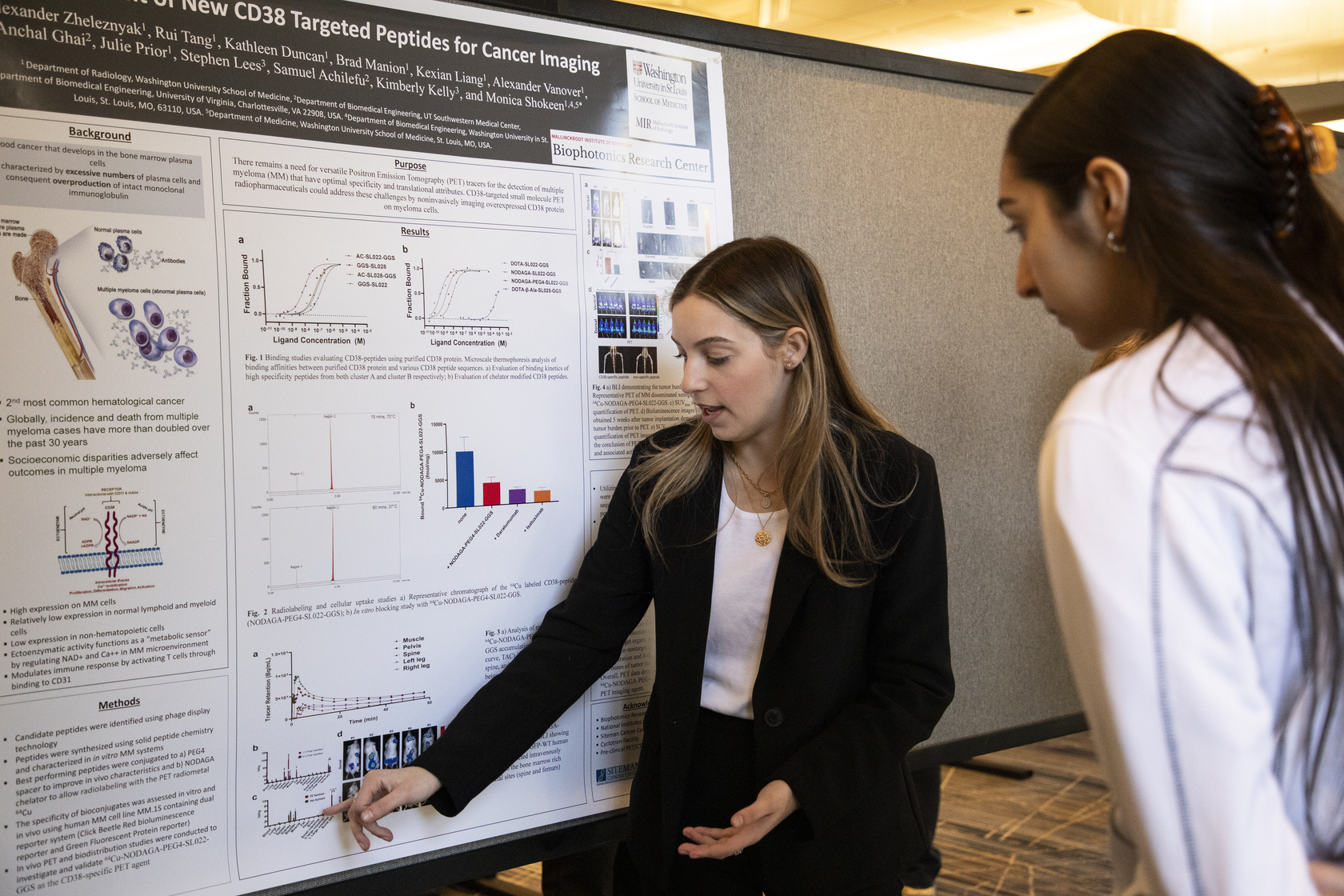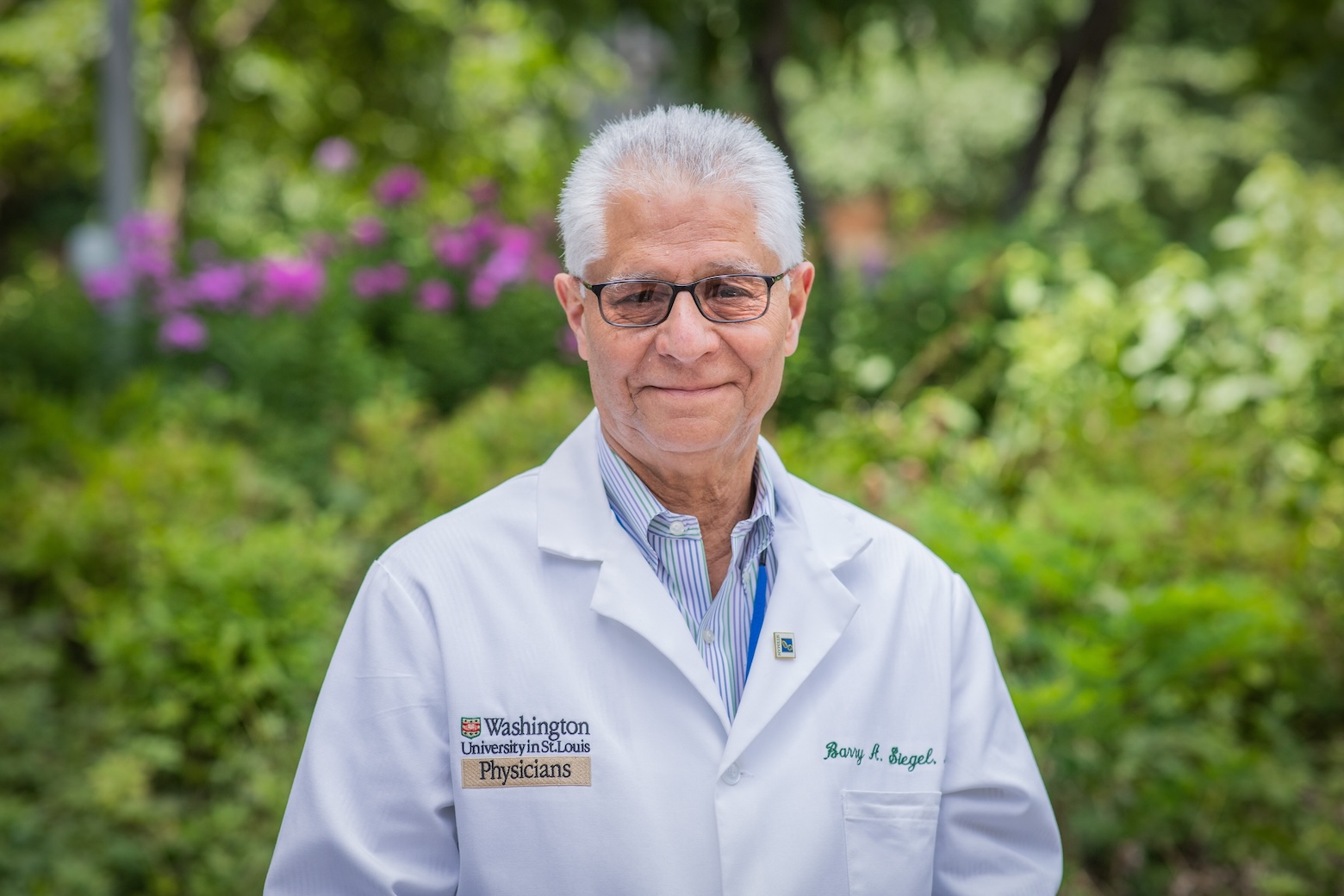Demographic Disparities in Proximity to Quality Stroke Care
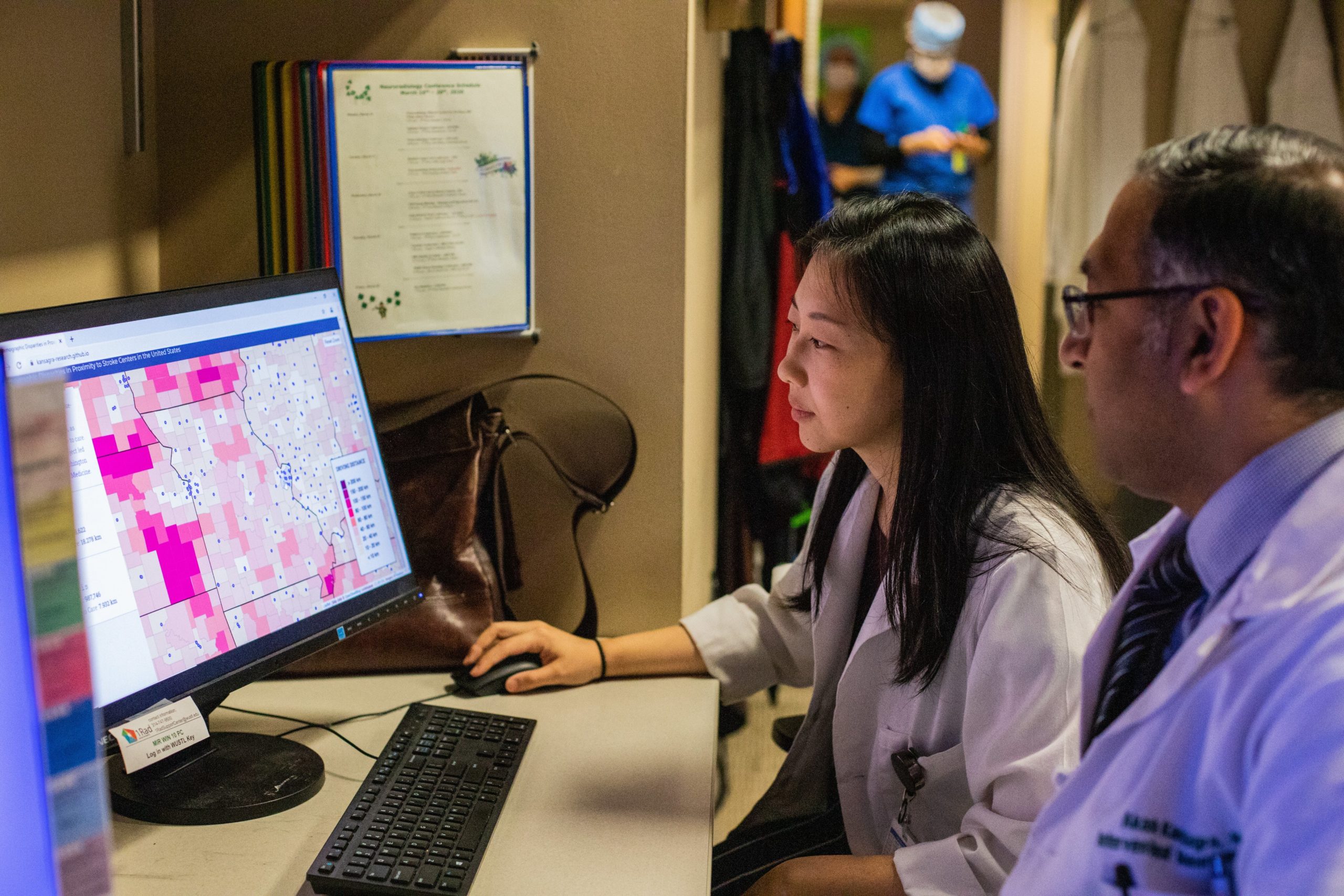
When someone has a stroke, time is of the absolute essence. Receiving timely care can mean the difference between survival, death or long-term deficits.
Akash P. Kansagra, MD, associate professor of radiology for Mallinckrodt Institute of Radiology at Washington University School of Medicine in St. Louis, and medical student Cathy Yu detailed demographic disparities they found in the proximity of certified stroke care.
The recent study found that rural areas with a larger elderly (65+) population were more likely to be farther from stroke centers, with each 1% increase in older people representing a 0.32-mile longer distance to travel. This age disparity wasn’t found in urban areas.
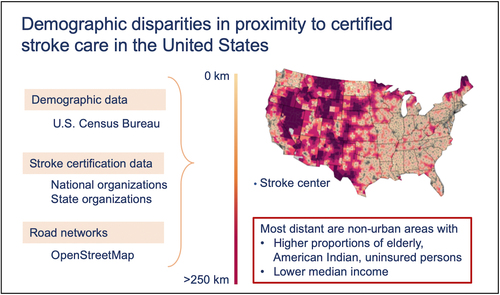
Census tracts with larger American Indian populations were farther from stroke centers, with each 1% increase in the percentage of residents representing a 0.06-mile longer distance to travel in urban areas and a 0.66-mile longer distance in rural areas.
Tracts with more uninsured people were farther from stroke centers: each 1% increase represented a 0.01-mile longer difference to travel in urban areas and a 0.17-mile longer distance in rural areas.
In urban areas, each $10,000 increase in median household income represented a 0.11-mile longer distance to travel. In rural areas, each $10,000 increase in household income represented a 3.13-mile shorter distance to travel.
Read more in the accompanying editorial as published in Stroke.


